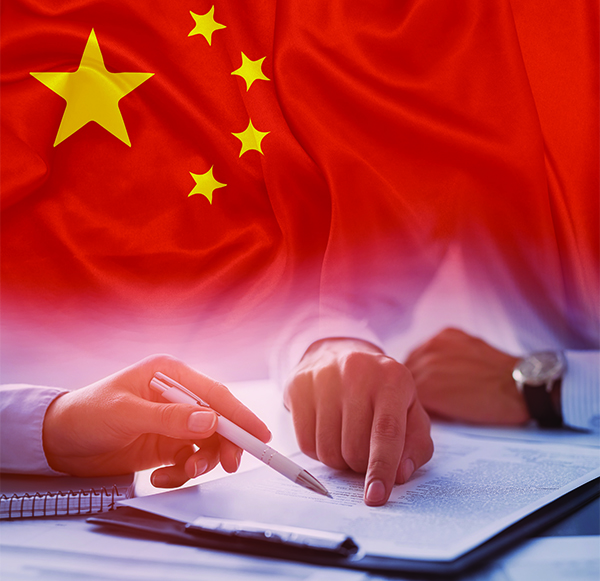Editor’s Note: Michael Einhorn is president of medical supplier Dealmed
Manufacturing in China often conjures the images of factories, assembly lines, and workrooms running on cheap, inexpensive, and in some cases, slave labor. China’s labor practices may indeed be abhorrent. However, the bigger concern for America is the BRI, or Belts and Roads Initiative. I believe the labor problem is rooted institutionally in China’s BRI.
This is because the BRI seeks to counter world order and strengthen Chinese infrastructure by dangling cheap goods and trillions in investments. Its unspoken goal is to offset United States military strength via strategic business alliances and partnerships.
On March 27, 2021, China and Iran signed a 25-year partnership that includes military development including weapons and nuclear energy. Surprisingly, this agreement raised few eyebrows and was dismissed as simply a BRI initiative. Partnering with our adversary in the name of trade does not seem like trade at all.
China operates under the premise that it recruits other countries to work with and support them, even militarily; in exchange, it supplies them with loans, infrastructure, and cheap labor from government-run factories. Some would argue that running a trade deficit with China is part and parcel of a free market. But competing with propped-up state-owned enterprises for the sole purpose of global trade domination and military might is not free trade.
The U.S. entered a trade war that we see as economic but Beijing sees as militaristic. We are told it is being waged to offset trade deficits, but in fact, is designed to offset a Beijing-funded manufacturing complex made to grow China’s militaristic alliances.
Economist Thomas Sowell says trade wars are very easy to start and very hard to stop, and we aren’t likely to end this one. To calm the waters, we need to reset the tone on China’s ambition. The United States must be clear that we respect China’s BRI initiative from the lens of infrastructure development, but openly oppose any deal that involves military cooperation — especially any deals involving adversaries such as Iran. We must establish that we believe in China’s right to grow, but we maintain our right to defend ourselves from adversaries.
Next, American companies need to step up and realize that the only way to compete with China is to bring America up to China’s place in the global manufacturing sphere. We cannot allow China to outpace us on innovation; diplomacy and trade wars are not the solution. This also means we must create better products, build better manufacturing, and place an increased emphasis on technology. Increasing demand for American goods decreases the demand for Chinese goods, so our government must prioritize our businesses wherever possible.
Furthermore, with the current supply-chain issue at U.S. ports, American companies should receive streamlined processing and expedited approvals. Only a renewed emphasis on promoting American goods can help bring us to the top of global trade and combat the national security risks that come with China’s BRI.
SC
MR


Latest Supply Chain News
- Few executives believe their supply chains can respond quickly to disruptions
- Technology’s role in mending supply chain fragility after recent disruptions
- Tech investments bring revenue increases, survey finds
- Survey reveals strategies for addressing supply chain, logistics labor shortages
- Israel, Ukraine aid package to increase pressure on aerospace and defense supply chains
- More News
Latest Podcast

 Explore
Explore
Business Management News
- Few executives believe their supply chains can respond quickly to disruptions
- Technology’s role in mending supply chain fragility after recent disruptions
- Survey reveals strategies for addressing supply chain, logistics labor shortages
- How CPG brands can deliver on supplier diversity promises
- How S&OP provides the answer to in-demand products
- AI, virtual reality is bringing experiential learning into the modern age
- More Business Management
Latest Business Management Resources

Subscribe

Supply Chain Management Review delivers the best industry content.

Editors’ Picks





